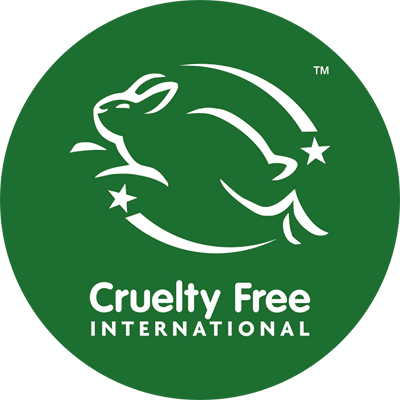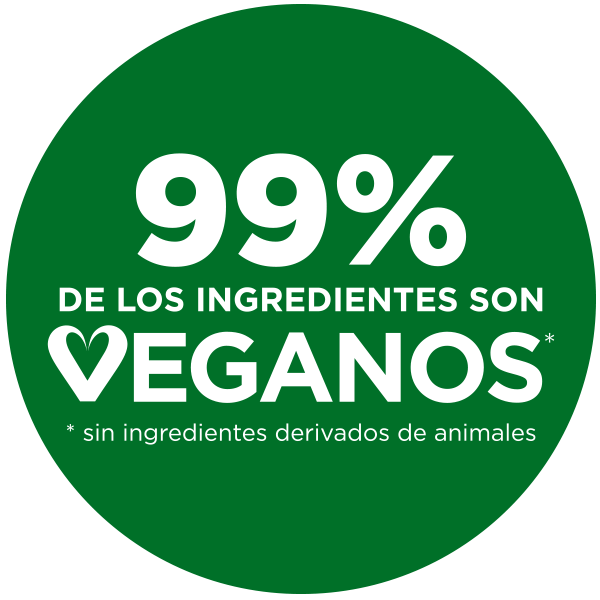03
Conoce los ingredientes
Las etiquetas de los productos para el cuidado de la piel pueden parecer incomprensibles, pero contienen información realmente importante. En concreto, busca un humectante identificado en la etiqueta como “antialérgico” (menos probable que cause reacciones alérgicas) y “no comedogénico” (menos probable que obstruya los poros). La información del envase no garantiza un humectante que no cause irritaciones, pero es un punto de partida sólido para la mayoría de la gente.
Las etiquetas de los productos para el cuidado de la piel pueden parecer incomprensibles, pero contienen información realmente importante. En concreto, busca un humectante identificado en la etiqueta como “antialérgico” (menos probable que cause reacciones alérgicas) y “no comedogénico” (menos probable que obstruya los poros). La información del envase no garantiza un humectante que no cause irritaciones, pero es un punto de partida sólido para la mayoría de la gente.




